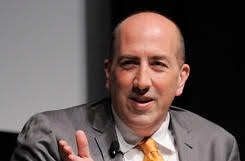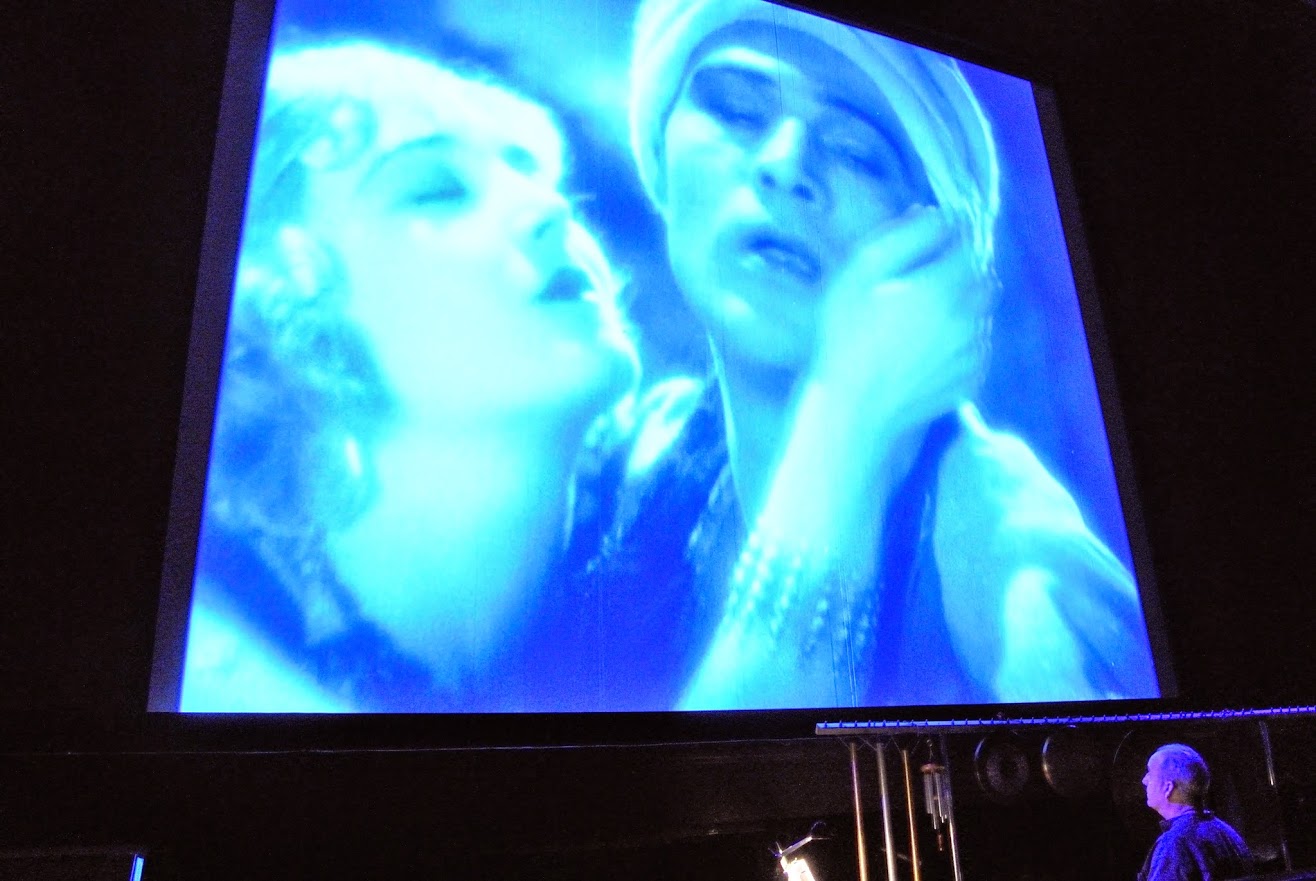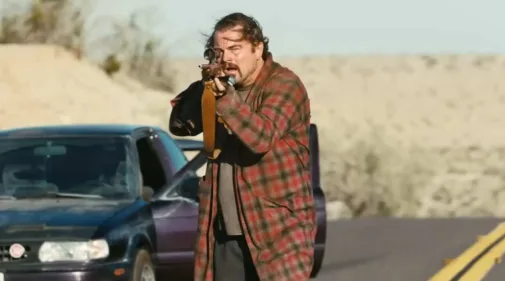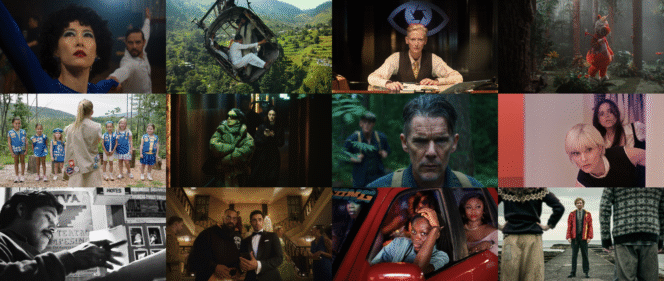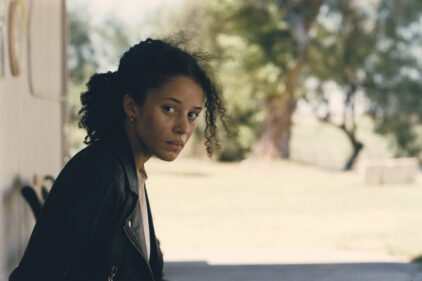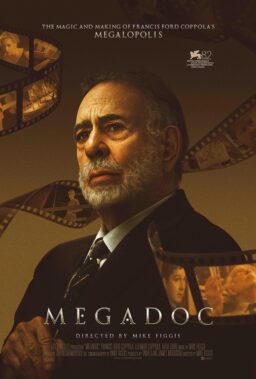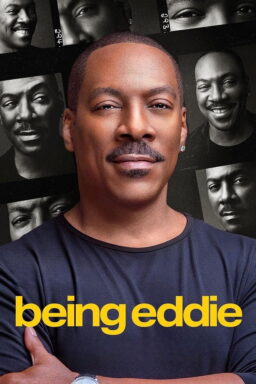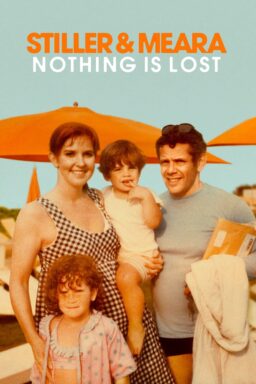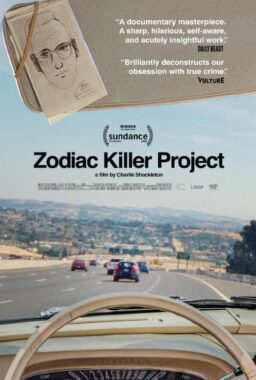I experienced a nifty personal milestone this spring: I got
to go to EbertFest for the very first time. I saw some great films, caught up
with old friends, made new ones, participated in a few panels, and got to meet
an audience that is probably unique in American film culture. That is, folks
from both the Champaign/Urbana area who eagerly pay homage to a hometown hero
(and legend), and film lovers from all over the country whose eyes and ears are
open to great cinema of all stripes, from the challenges of Godard to the urban
tale-spinning of Chazz Palminteri and Robert DeNiro and beyond.
I want to share some impressions of one presentation I
particularly reveled in. Every EbertFest presents an example of silent cinema,
and this year the picture was 1926’s “The Son Of The Sheik,” directed by the
now almost entirely forgotten French-born George Fitzmaurice and starring, in
his last film, romantic icon Rudolph Valentino. Its particular enhancement was
provided in the form of a live score by the Alloy Orchestra, a trio that’s been
using a motley array of “junk” percussives and electronic instruments to
conjure fantastic, evocative music for silent pictures both classic and
obscure.
The movie’s an excellent match for the combo. These days,
the force of anachronism sometimes makes it difficult, when watching a silent
film, to determine whether the funny moments contained therein are deliberate,
or the result of our reaction to an outdated mode of expression. “Son of the
Sheik” has a lot of creaky, “problematic” elements: its Hollywood portrayal of
an “exotic” culture, for one thing. It’s sexism, for another: the mode of
sexual interaction suggested is what today’s smart young things would call
“rapey.” This stuff is so forefronted that it’s easy to lose sight of the fact
that “Son of the Sheik” is actually a pastiche. The sendup is signaled a bunch
of ways: the fact that Valentino plays a dual role, that is, the title
character and his own aged father, ostensibly the hero of “The Sheik,” the 1920
picture that helped make Valentino famous. The film’s script is partially by Frances
Marion, who, yes, wrote the story for the tear-jerking “The Champ,” but later collaborated with
future “Citizen Kane” co-writer Herman J. Mankiewicz on the film adaptation of
the razor-sharp comedy “Dinner At Eight.” Valentino had expressed
dissatisfaction with his screen persona in a 1925 interview, stating, “I wanted to make a lot of
money, and so I let them play me up as a lounge lizard, a soft, handsome devil
whose only sin in life was to sit around and be admired by women….I was
happier when I slept on a bench in Central Park than during all the years of
that ‘perfect lover’ stuff….No, I am through with sheiking.” With a
little more star leverage but also a need to get back to the familiar after
some less-than-earth-shattering box office, he opted to have fun with the
sheiking business.
The result is a giddy action film that’s only offensive if
taken seriously, which you’d have to work hard to do. Although in a
post-screening interview, Alloy Orchestra co-founder Ken Winokur mentioned that
he himself had some misgivings about the movie’s content, the spirit of the
picture actually teases out some very particular strengths in Alloy’s approach,
particularly that of playfulness. Just as William Cameron Menzies’s set design
for “Son of the Sheik” partakes in a spirit of parody and exaggeration rather
than disrespectful appropriation, so too did the Alloy score for the picture.
“I mainly wanted to score the picture because it would give me an opportunity
to play hand drums, which I hardly ever get to do,” Winokur mentioned to
moderator Michael Phillips after the screening. Those instruments carry a
strong association with “desert music” but also, subsequently, 1950s “lounge
music,” beatniks, and so on. While the movie is strongly situated in the 1926
in which it was made the Alloy score teases out a bunch of temporally
subsequent associations, and does so with an ever-active but never ostentatious
wit.
And at the same time the music—the sinuous electronic
keyboard melodies of Roger Miller, and the sometimes clamorous but always
rhythmically acute percussion of Winokur and Terry Donahue—evokes and enhances
the exact atmosphere the 1926 film visualizes. The 2K restoration of the
picture was excellent, and as projected on the generous screen of the Virginia
Theater, it was, for lack of a better term, genuinely magical. The film’s
technical excellence—the split-screen scenes in which Valentino acts against
his “older” self, the uniformly impressive stunt work, both on and off
horseback—is still impressive today. And for all its objectionability, there is
still something sexy about the storyline’s goings-on, which involve the title
character’s dalliance with a dancing girl whose treacherous family and
entourage would like very much to exploit the romance. Roger Ebert himself said
the Orchestra is “the best in the world at accompanying silent films;” seeing
and hearing them do it live in such an apt venue, with such a receptive
audience, was an incredible treat. I hope they, and I, come back next year.
And if you can’t catch them doing “Son of the Sheik” live,
you can order the DVD from the group’s website.
